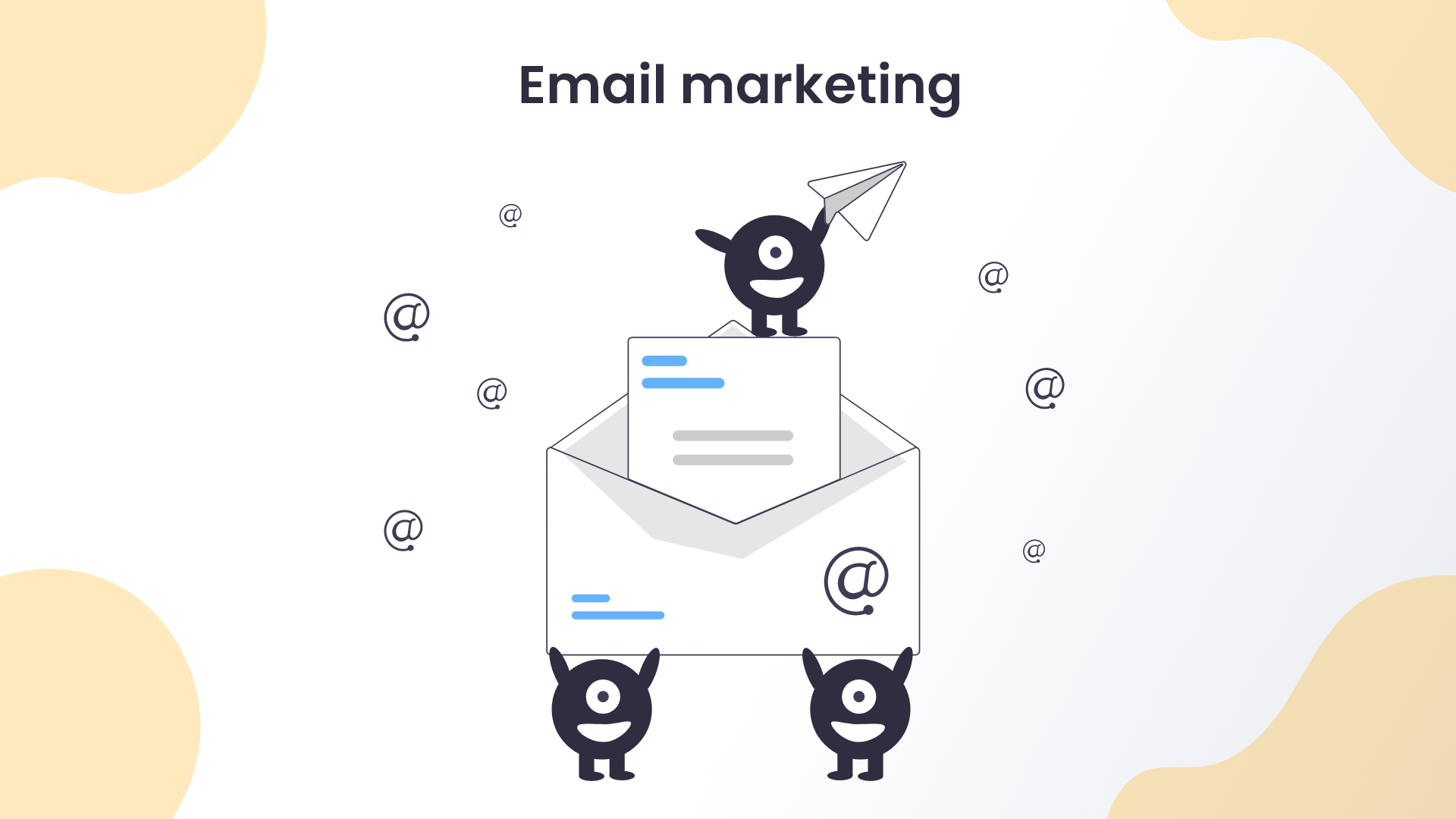
November 8, 2023 by Stonewave team
Email marketing is undoubtedly one of the most effective sales methods.
However, we have to admit that, sometimes, its implementation can be difficult because it isn’t always easy knowing where to start, especially for companies that are taking their first steps in the business world.
Based on that, let’s examine some key points that will help with the aforementioned process:
- Keep your emails short and to the point. Users become tired (or avoid completely) reading long emails. One sentence is usually between 40 and 100 words.
- Include images of your products or services. Visual representation is very important.
- Users must identify what are the next steps after finishing reading your email . Obvious CTA’s (Calls to action) are the elements that will guide users towards the next step.
- Frequency is another amplifying factor. Sending emails once a week is probably not enough. Studies have shown that people respond better to frequent emails than rare ones.
In addition, we have to mention some details regarding the content of the email itself.
- Separate your content’s sections carefully. The email title is the first thing that users read. It must be clear, honest and at the same time tempting in order to intrigue them.
- Group your recipients based on their business activity and your products according to the recipients’ characteristics (interests, needs etc) in order to properly adjust your emails’ content.
- Create scenarios for users who are registering for the first time. Create a welcome email or an offer for first time users. The first time you contact a client will show how your company interacts via email with its clientele and first impressions are always important.
- Use automations. It is humanly impossible to cover all possible scenarios and properly manage them if you do not set up the necessary automations. The email service platform that you use allows you to create automatic responses (or scenarios) based on specific rules that you create.
- Mobile Friendly Emails. We don’t have to say much about this. The largest percent of your website’s traffic comes from mobile phones.
- Personalized user experience. Combined with the segmentation and automations, you can create a personalized experience for your users. Personalization helps make the email look less like spam and creates the feeling of a personal connection for the user.
- A/B Test. No combination is equally effective for every customer. By comparing results, testing modifications and measuring performance you will be able to identify the structure and the respective methods that are suitable for your target audience.
- Find the right time. The best moment to send emails to customers depends on many factors (when the visited your website for the last time, did they successfully place an order etc). One way of identifying the time periods that work best is by using Google Analytics. In addition, you will have to take other factors into consideration when sending emails, depending on your customers’ timetables. For example, you can offer lower prices during bank holidays, late at night, on Monday morning or Friday night.
- Revised your list based on the emails that are never read. It is essential to properly manage your subscribers list. If certain customers completely ignore your emails, maybe you should remove them from the list because they negatively affect the statistics of the entire list.
- Include a contact email. This is a good way to keep your customers engaged. Many users want a follow up and wish to contact you directly, so you must show them that you are willing to interact.
- Analyze the results. You must create a continuous loop of improvement, modifications and measurements in order to achieve the desirable short of long term results.

